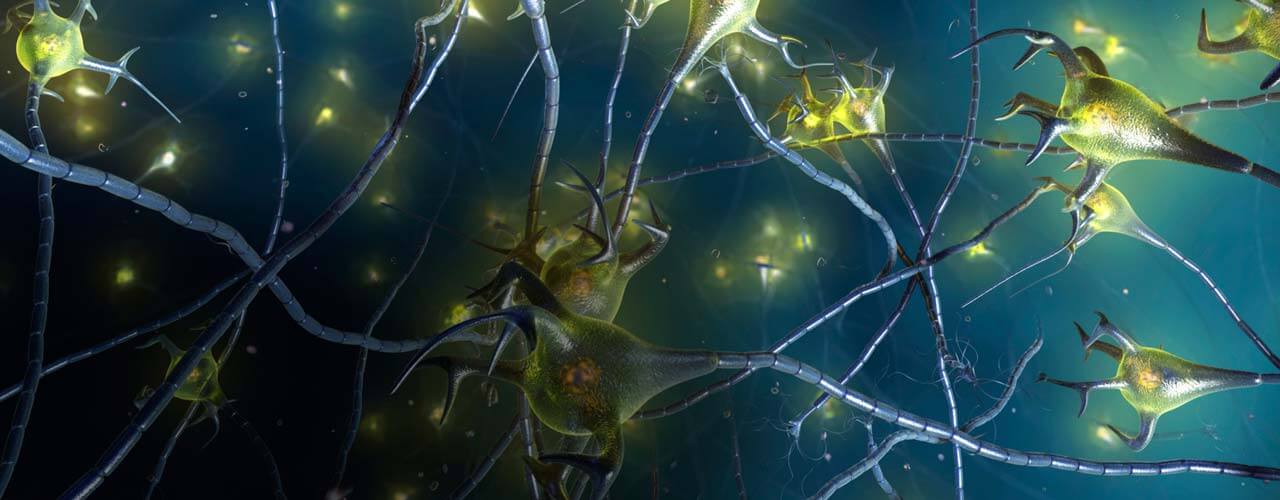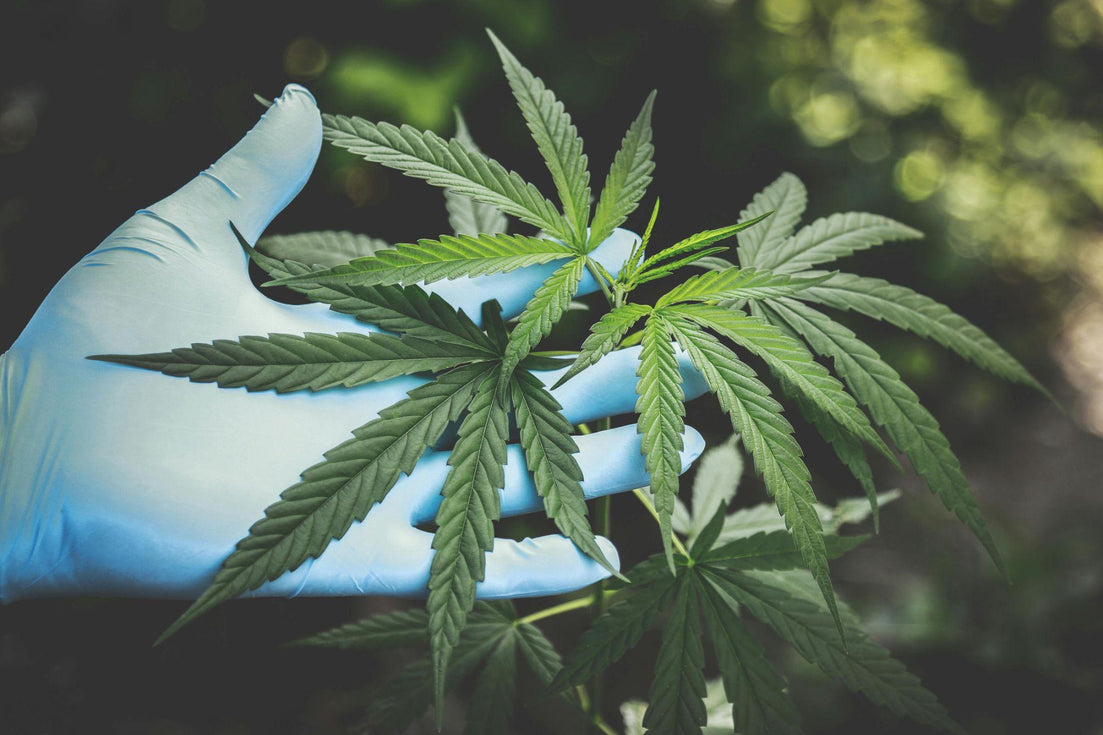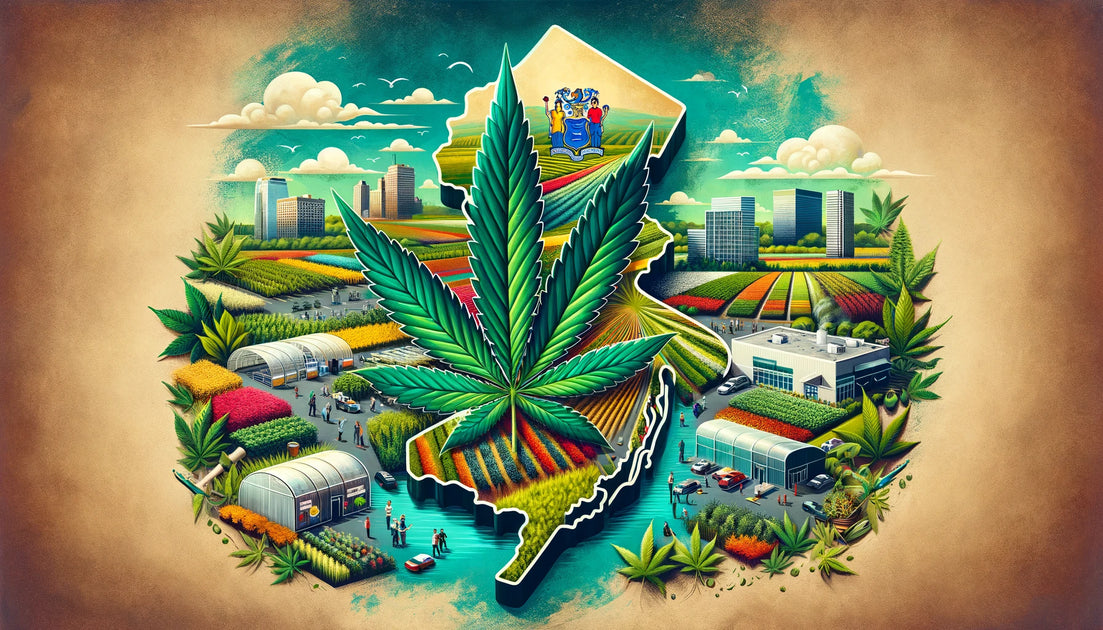Your cart is currently empty.

Muscle spasms are a common symptom of many conditions, like Multiple Sclerosis and Rheumatoid Arthritis as well as many others. Research has shown that medical marijuana could be the answer to an all-natural treatment option for these muscle spasms that is actually effective.
What are Muscle Spasms?
Muscle spasms are sudden contractions in the muscles that cause them to hurt, move uncontrollably, or lockup, causing temporary paralysis.
In a clinical trial conducted in 2012 by the University of California, San Diego School of Medicine, found that MS patients who smoked THC saw a decrease in spasticity of one-third more than their non-smoking counterparts, as well as significant reductions in perceived muscle-related pain.
There's a wide variety of causes for muscle spasms and of ways medical marijuana could be useful. Depending on the type of spasm and its source, some forms of marijuana may be more beneficial than others.
Marijuana and Cramping
Cramps can be hard to bear and you can't always figure out the source of them. Without a source, treatment can be even more difficult. While medical marijuana won't cure your cramps, they can alleviate the pain. From topical cannabis creams to oils or just smoking some flower or taking a dab, the medicinal benefits of marijuana can put an end to your pain.
Using Topicals
Topical ointments, be they hemp, CBD isolate, full-spectrum CBD, or full-spectrum cannabis, can be extremely useful in alleviating the symptoms of muscle cramps and pains and/or joint pains.
When using topicals, it's best to rub the cream into the point of pain. Let it soak in 30 minutes before applying another round. You want to be sure that you stretch out your muscle; it's good to keep it moving in order to increase the circulation flow.
Marijuana and Injuries
A common trigger for muscle spasms and pain is an injury. Musculoskeletal disorders occur after repeated injury or overuse of a muscle. As you use your muscles over and over again, they become more strained. No matter what your industry or your workload, anyone can be affected by these types of muscle spasms and injuries. As you use those muscles over and over again without relief, the inflammation starts to pile up.
 Cannabis can reduce both pain and inflammation. Once inflammation is no longer a problem, the muscle spasms seem to subside. Marijuana helps regulate your immune response which minimizes inflammation.
Cannabis can reduce both pain and inflammation. Once inflammation is no longer a problem, the muscle spasms seem to subside. Marijuana helps regulate your immune response which minimizes inflammation.
Research has shown that the endocannabinoid system (ECS) may help to regulate the immune system. Cannabinoids in cannabis act as catalysts, changing the messages cells receive that are responsible for swelling at the injury site.
No matter how you consume cannabis: smoking, applying topicals, edibles, dabbing, etc, it can help to reduce inflammation. For acute muscular pain or twitching in a specific area, try a localized treatment like topical ointments.
Marijuana and Spastic Conditions
While marijuana can help calm muscle spasms, treating the symptoms, it can also treat the direct cause of the spasm in certain illnesses. There's still lots of research to be done on the subject, but what has been done is promising.
 Muscle spasms from neurological disorders are caused by chemical imbalances in the brain. For these conditions, topical cannabis isn't the most effective means of consuming the drug to spark the right medicinal benefits. Consuming it by smoking or eating edibles is the preferred and most effective way to use medicinal marijuana.
Muscle spasms from neurological disorders are caused by chemical imbalances in the brain. For these conditions, topical cannabis isn't the most effective means of consuming the drug to spark the right medicinal benefits. Consuming it by smoking or eating edibles is the preferred and most effective way to use medicinal marijuana.
The Research
Amyotrophic Lateral Sclerosis (ALS)
ALS, also known as Lou Gherig's Disease, is a disease that affects the brain cells that are responsible for voluntary movement. For reasons unknown, motor neurons in the brain and the spinal cord slowly start to deteriorate, which causes patients to lose control over their movements and limbs over time.
As the disease progresses, patients combat muscle spasms, weakness, and difficulty speaking. Eventually, the muscles will begin to atrophy from lack of use. More than half all ALS patients die within 2.5 years of symptoms starting. There are exceptions, however, Stephen Hawking lived 76 years with the condition, for example.
 Scientists are still uncertain of what causes the disease, but chemical imbalances and immune system disturbances are the leading theories. Studies conducted in early 2004 indicate that marijuana may delay the progression of this horrible condition, helping patients achieve a better quality of life.
Scientists are still uncertain of what causes the disease, but chemical imbalances and immune system disturbances are the leading theories. Studies conducted in early 2004 indicate that marijuana may delay the progression of this horrible condition, helping patients achieve a better quality of life.
Another study conducted in 2006 found that a greater surplus of cannabinoids meant the symptoms were delayed. This in combination with the other studies conducted is very strong evidence that cannabis and the endocannabinoid system may be able to treat ALS.
Multiple Sclerosis (MS)
MS is an immune disorder that causes inflammation in the spinal column and brain. For an unknown reason, something triggers the body to inappropriately start producing inflammatory immunities. There are many debilitating symptoms of MS including inflammation triggering random muscle twitching, causing muscles to lock and become stiff, blurred vision or temporary blindness.
The unnecessary inflammation in the brain causes signals in the body to go haywire, painful muscle spasms occur, and, over time, can even cause important neurons in the brain to die.
Marijuana helps treat MS by facilitating your body's inflammatory immune response. It signals to your immune system to function properly, meaning it could be an effective treatment for the condition, not just help ease symptoms.
Parkinson's Disease (PD)
PD is a neurodegenerative disorder wherein the neurons that are responsible for secreting dopamine begin to suddenly die. Dopamine is a chemical that is responsible for triggering motor neurons to move, which can cause several debilitating symptoms, including tremors or shaking limbs, muscle stiffness or rigidity, involuntary movement, difficulty walking, trouble sleeping, and pain.
 Though the root cause is unknown, recent studies indicate that the endocannabinoid system could play a role. Excessively high levels of cannabinoids have been found in the areas of the brain that are most affected by the disease. Endocannabinoids help to regulate everything from our immune system and metabolism, to our memory and agility.
Though the root cause is unknown, recent studies indicate that the endocannabinoid system could play a role. Excessively high levels of cannabinoids have been found in the areas of the brain that are most affected by the disease. Endocannabinoids help to regulate everything from our immune system and metabolism, to our memory and agility.
In a 2014 study, researchers found PD patients' motor function and overall quality of life to be improved with smoking marijuana. While it may not always work to eliminate shaking, especially in advanced cases, marijuana can help ease pain and make it easier to cope with side effects caused by medication.
Epilepsy
Epilepsy is a neurological disorder also caused by chemical imbalances in the brain, mostly known for the seizures it causes. There could be a correlation between the endocannabinoid system and epilepsy.
 CBD was found to reduce the number of seizures those with epilepsy had. CBD has become a go-to treatment for those with epilepsy because it has no psychoactive components whatsoever.
CBD was found to reduce the number of seizures those with epilepsy had. CBD has become a go-to treatment for those with epilepsy because it has no psychoactive components whatsoever.
CBD has been proven to be a strong anticonvulsant, helping to quiet down the brain. Rather than having your brain receive rushed, spastic messages, causing seizures, CBD helps your brain calmly regulate these communication signals.
CBD even has neuroprotective powers that can help protect your brain from damage during and after a seizure. A 2008 study found that CBD was effective in limiting brain damage and also supported heart health.
 There are more and more studies on the many potential medicinal benefits of cannabis being conducted each year. The information collected is promising and exciting, but it's only the tip of the iceberg; the scientific community has a long way to go yet.
There are more and more studies on the many potential medicinal benefits of cannabis being conducted each year. The information collected is promising and exciting, but it's only the tip of the iceberg; the scientific community has a long way to go yet.
. Written by Megan Medeiros (BA)
Written by Megan Medeiros (BA)
Megan Medeiros has a bachelor’s degree in English and is currently working on a master’s in English at James Madison University. She's the owner and operator of Medeiros Writing, and has been working as a cannabis writer for the past three years, mostly following the legal climate of marijuana, especially in areas like California, Colorado, Oregon, Canada, and other legal areas.
This post contains references to products from one or more of our advertisers. We may receive compensation when you click on links to those products. For an explanation of our Advertising Policy, visit this page. All photos were sourced from Pinterest.com | updated 2021



